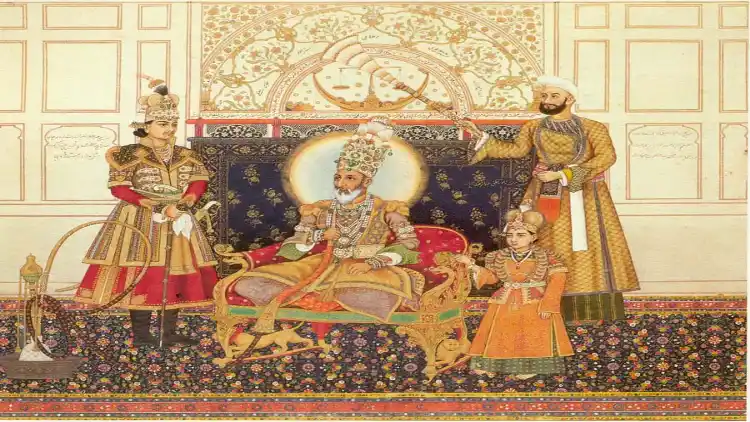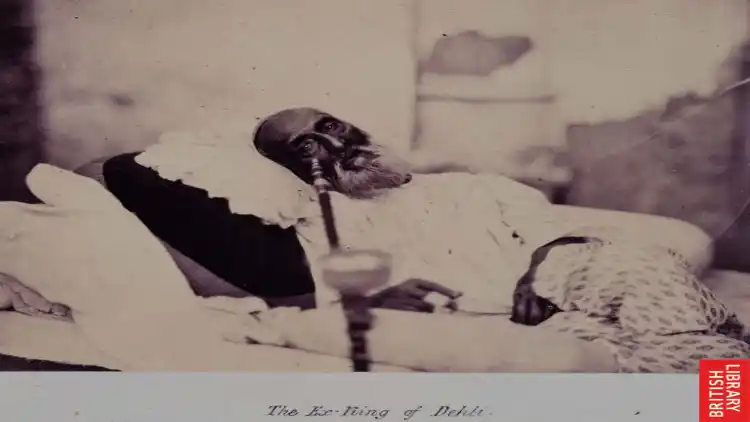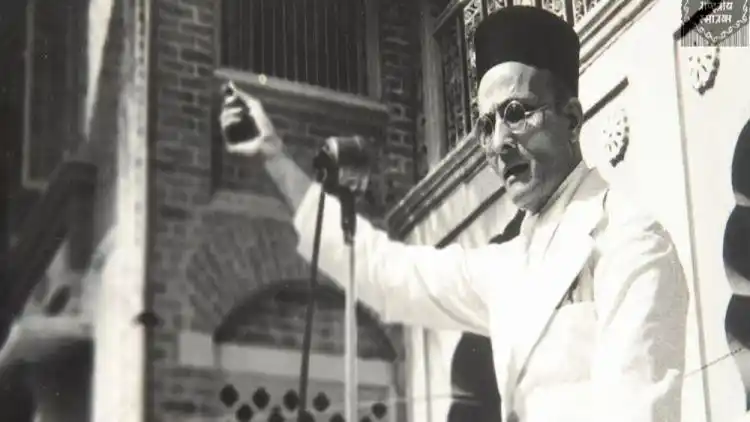
Saquib Salim
The electoral politics that was meant to uplift the people and unite them, in the hands of petty and selfish leaders, has divided the public into small camps. These camps may identify themselves on the basis of religion, caste, language, region, colour or culture. With time, these camps have been solidified into identities making the country looks like a divided house. Most of the people belonging to one camp can never find anything worth admiration in a person belonging to another camp. Sadly, the initial indifference towards the others has been replaced by hate to an extent that people do not acknowledge many nation builders just because they are from a different camp.
A hundred years ago, we, the Indians, were not like that. Vinayak Damodar Savarkar, one of the pioneers of ideology of political Hindutva, wrote a book, The Indian War of Independence of 1857, in the first decade of the 20th century. People of our generation, far removed in time, will be surprised to know that Savarkar heaped praises upon Muslim revolutionaries of that war. Today, on the occasion of the birth anniversary of Bahadur Shah Zafar, I will be sharing Savarkar’s view of the last Mughal emperor.
Savarkar believed that the Hindus and Muslims were sons of the same mother and Bahadur Shah Zafar was chosen by both as their leader. Unlike medieval rulers, Zafar did not capture the throne by the might of the sword; instead he was accepted by the people of India as their rightful ruler.
Savarkar wrote, “So, in the truer sense, we said that the raising of Bahadur Shah to the throne of India was no restoration at all. But rather it was the declaration that the longstanding war between the Hindu and the Mahomedan had ended, that tyranny had ceased, and that the people of the soil were once more free to choose their own monarch. For, Bahadur Shah was raised by the free voice of the people, both Hindus and Mahomedans, civil and military, to be their Emperor and the head of the War of Independence. Therefore, on the 11th of May, this old venerable Bahadur Shah was not the old Mogul succeeding to the throne of Akbar or Aurangazeb, …………., but he was the freely chosen monarch of a people battling for freedom against a foreign intruder. Let, then, Hindus and Mahomedans send forth their hearty, conscientious, and most loyal homage to this elected or freety accepted Emperor of their native soil on the 11th of May, 1857!”
Savarkar believed that the struggle for independence started in 1757 with the defeat of Nawab at the Battle of Plassey. Until 1857, different actors played their part in this struggle. After a century of struggle led by the Gadi of Tanjore, the Masnad of Mysore, and the Raigarh of Sahyadri, finally the Diwan-i-Khas of Delhi took up the role of leading this struggle in 1857. The Indian nationalists like Nana Saheb and his minister Azimullah were planning an organized war of independence against British rule. For this purpose, they tried to persuade several Rajas, Nawabs, Maharajas and Princes. But, it was Zafar and his court which wholeheartedly embraced the idea of the revolution. Savarkar wrote, “it was in the Diwan-i-Khas of Delhi, more than in any other Durbar, that the seeds of Revolution began to take root.” Zafar wanted to regain the lost glory of his nation and would prefer the death of an emperor rather than the life of a slave.

Last Photograph of Bahadur Shah Zafar while he was in captivity
Savarkar also noted that just before the sepoys actually rose up in revolt at Meerut on 10 May, Zafar and his acquaintances would openly discuss a revolt against the British. Plans were laid out about the administrative set up after the British would be kicked out of the country. The sepoys in Delhi wanted to revolt at the news of the martyrdom of Mangal Pandey, at Barrackpore, but Zafar kept them calm as the actual planned date to start the war, 31st May, was two months away. Zafar understood that the war should be fought according to well planned strategies, if India wanted to win.
A declaration from the emperor Zafar stated, “Oh, you sons of Hindustan, if we make up our mind we can destroy the enemy in no time! We will destroy the enemy and will release from dread our religion and our country, dearer to us than life itself!” Not only this, Zafar stressed upon the Hindu Muslim unity and, according to savarkar, banned the cow slaughter completely. Zafar said, “all, Hindus and Mahomedans, unite in this struggle and, following the instructions of some respectable leaders…”
 Veer Savarkar
Veer Savarkar
If this was not enough to display Zafar’s secular nationalism, Savarkar argued, then one should look at the letters he had sent to Hindu Rajas. Zafar, owing to his old age, invited other Rajas to take the throne. Savarkar quoted his letter, “It is my (Zafar’s) ardent wish to see that the Feringhi is driven out of Hindusthan by all means and at any cost. It is my ardent wish that the whole of Hindustan should be free. But the Revolutionary War that has been waged for this purpose cannot be crowned with success unless a man capable of sustaining the whole burden of the movement, who can organise and concentrate the different forces of the nation and will unify the whole people in himself, comes forward to guide this rising. I have no desire left in me of ruling over India, after the expulsion of the English, to my own personal aggrandisement. If all of you native Rajas are ready to unsheathe your sword to drive away the enemy, then, I am willing to resign my Imperial powers and authority in the hands of any confederacy of the native princes who are chosen to exercise it,"
Savarkar believed that these words were a testimony to the noble intentions of the last Mughal emperor. In his view, these words also show an unprecedented unity of religious instincts of Hindus and Muslims in patriotic harmony.
The book ends with an Urdu couplet written by Bahadur Shah Zafar;
Ghazion me.n buu rahegi jab talak imaan ki
Tab to London tak chalegi tegh Hindustan ki
(As long as there remains the least trace of love of faith in the hearts of our heroes, so long, the sword of Hindustan shall be sharp, and one day shall flash even at the gates of London). (The translation of the couplet is from the Savarkar’s book)
(Saquib Salim is historian and a writer)
